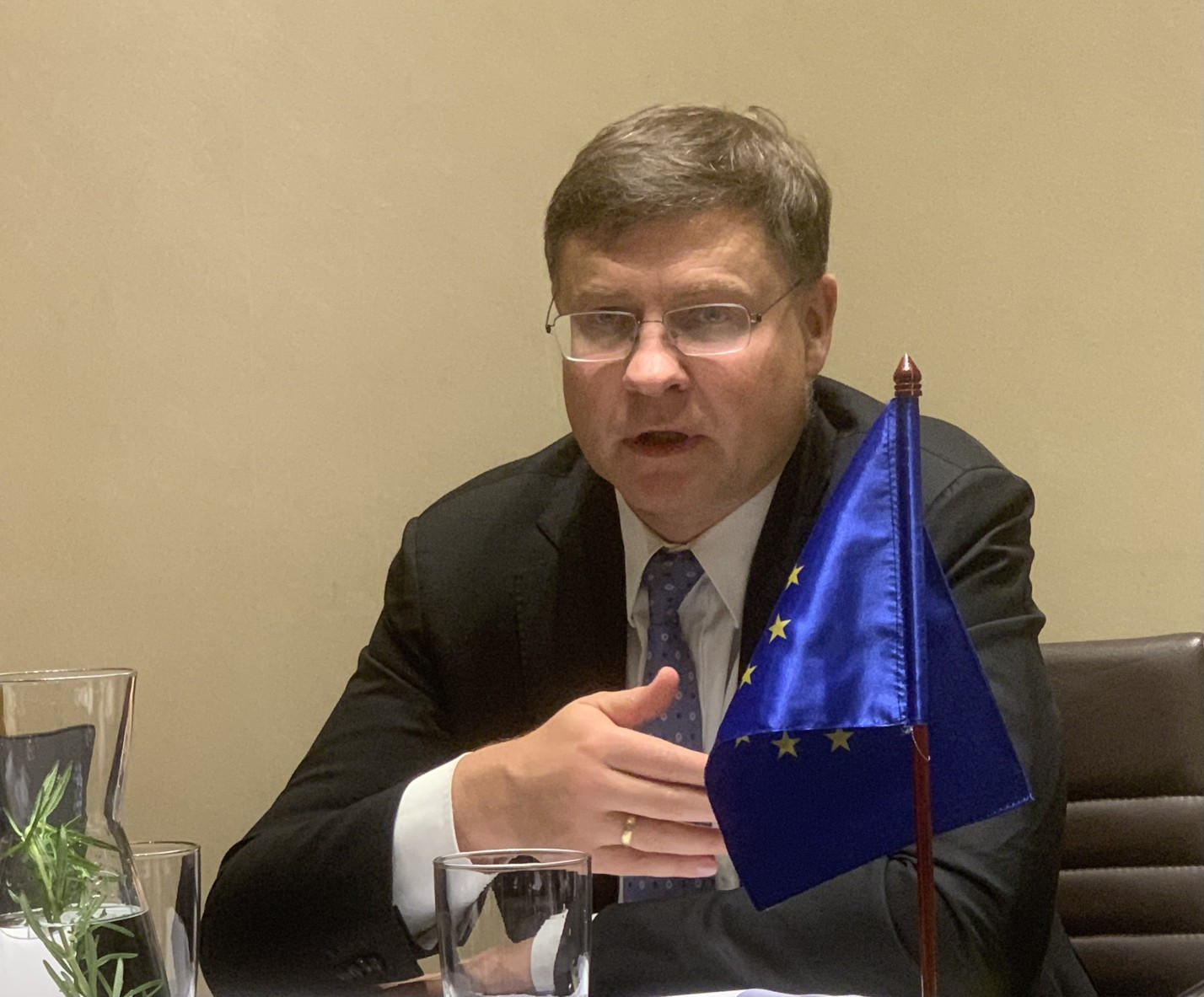
He was excited about the possibility of expanding the operation of EIB, the world’s largest multilateral financial institution and an important financier for projects on climate change, following his shuttle meetings with Vietnamese ministers, partners and businesses.
“We want to increase our presence here because Vietnam is becoming increasingly important and it has ambitions for green development with a commitment to reduce net emissions to zero by 2050. We can see great potential in the transition,” he said after arriving in Hanoi recently.
Since it began cooperating with Vietnam in 1996, EIB has funded projects on urban area development, transport and small-scale hydropower. Vietnam has become an important destination for investors in ASEAN, following its commitment at COP26 about reducing net emissions to zero in 15 years. Bac Ai Pumped hydropower storage (PHS) is one of the latest projects it has committed to fund.
Peeters said this is an important project that EIB wants to begin soon so that it can act as a bridge for other development projects in the country. He said that transport infrastructure, urban railway, energy and digitization are business fields the bank is interested in.
Peeter’s visit to Vietnam aimed to pave the way for EIB to sign with the Ministry of Finance (MOF) an agreement on a loan of 500 million euros for an energy transition program in Vietnam within the framework of JETP (Joint Energy Transition Partnership), signed in late October in Brussels.
Under JETP, partners committed to initially mobilize $15.5 billion for Vietnam for the next 3-5 years for the energy transition.
The government of Vietnam in late 2022 approved the eighth national power development plan (Plan 8) with total investment estimated at $142 billion, of which $126 billion is reserved for electricity-generation source development and $16 billion for transmission lines in the 2021-2030 period.
Meanwhile, the World Bank (WB) said that to reach a sustainable net-emission roadmap, $368 billion from now to 2040 will be needed. Of this, $184 billion will be from the private sector.
Vietnam will have to overcome obstacles in the legal environment to secure such funding.
Valdis Dombrovskis, EC vice president and the EU’s Commissioner of Trade, visited Vietnam after the JETP establishment and stated that both the EU and Vietnam set ambitious goals for energy transition by 2050.
The EU has granted 16 million euros in aid for technical assistance, which will pave the way for Vietnam to access loans of at least 1 billion euros from financial institutions for infrastructure projects.
The EU Ambassador said Global Gateway has a fund of 300 billion euros to invest in infrastructure, education, healthcare, digital transformation and green transition.
In addition to EIB, other European investors have visited Vietnam to seek investment opportunities in renewable energy and other business fields.
BIDV (Bank for Investment and Development of Vietnam) and Edmond de Rothschild, the 250-year-old financial institution, signed an agreement to help BIDV upgrade its Private Banking service to international standards.
McKinsey estimated that the Vietnamese personal asset management service market will have value of $600 billion by 2027 with an annual growth rate of 11 percent from the $360 billion level at the end of 2022.
Foundation for development
After the EU-Vietnam free trade agreement took effect in 2020, trade and investment activities boomed.
Vietnam’s total export turnover to the EU increased from 34.5 billion euros in 2020 to 51.5 billion in 2022, becoming the EU's leading goods trade partner in ASEAN. Meanwhile, the EU’s service export turnover reached 7.2 billion euros in 2021.
Vietnam ranks sixth in Asia in terms of trade turnover with the EU and maintains growth rates higher than China, Japan and South Korea.
The foreign direct investment (FDI) from Europe is also on the rise, though growth is not as strong as trade. The best known investment project is the $1 billion LEGO toy factory, which kicked off in March 2021.
Lan Anh